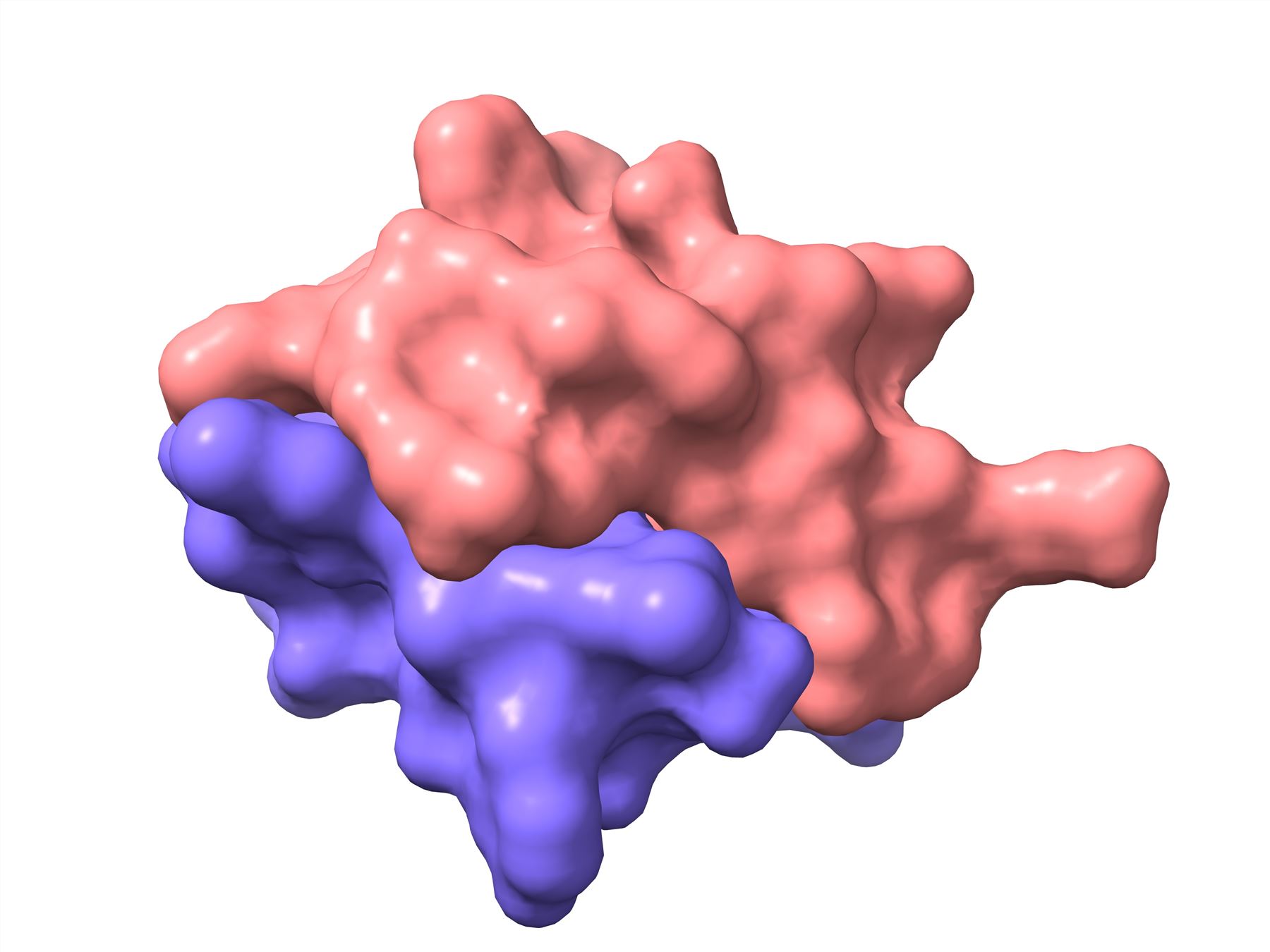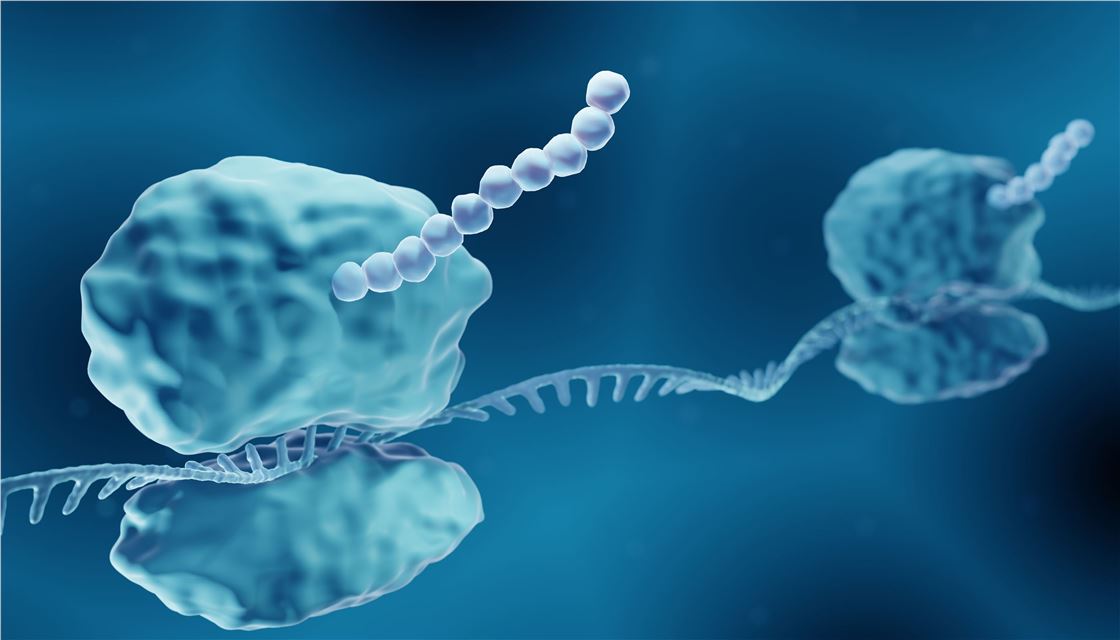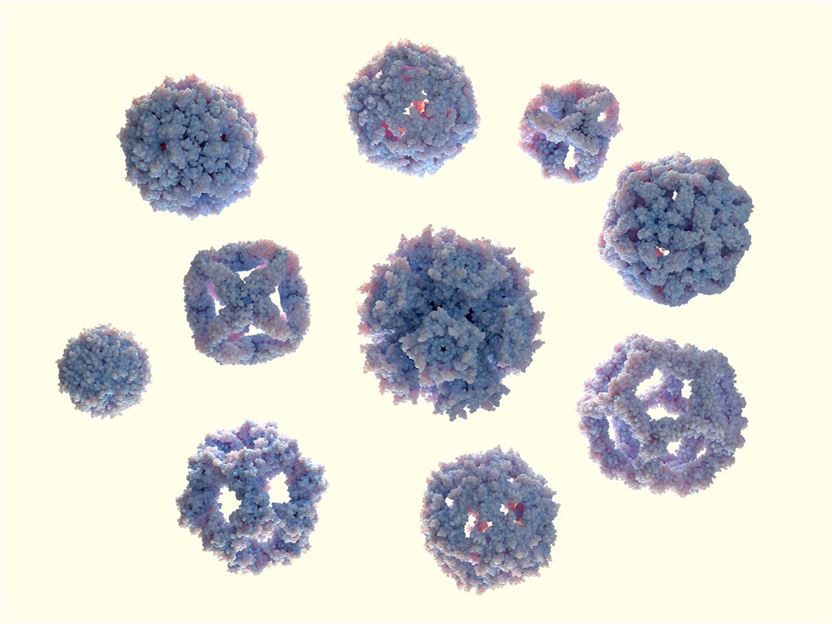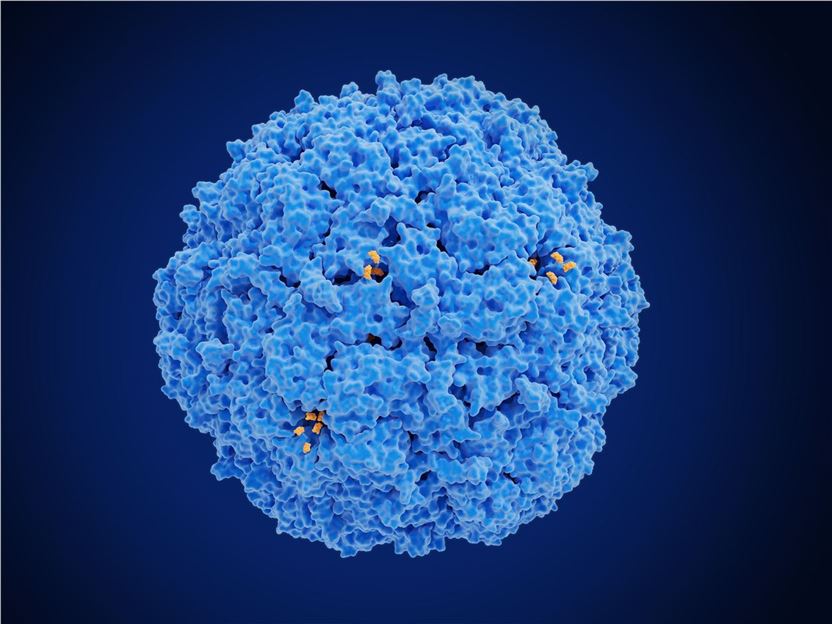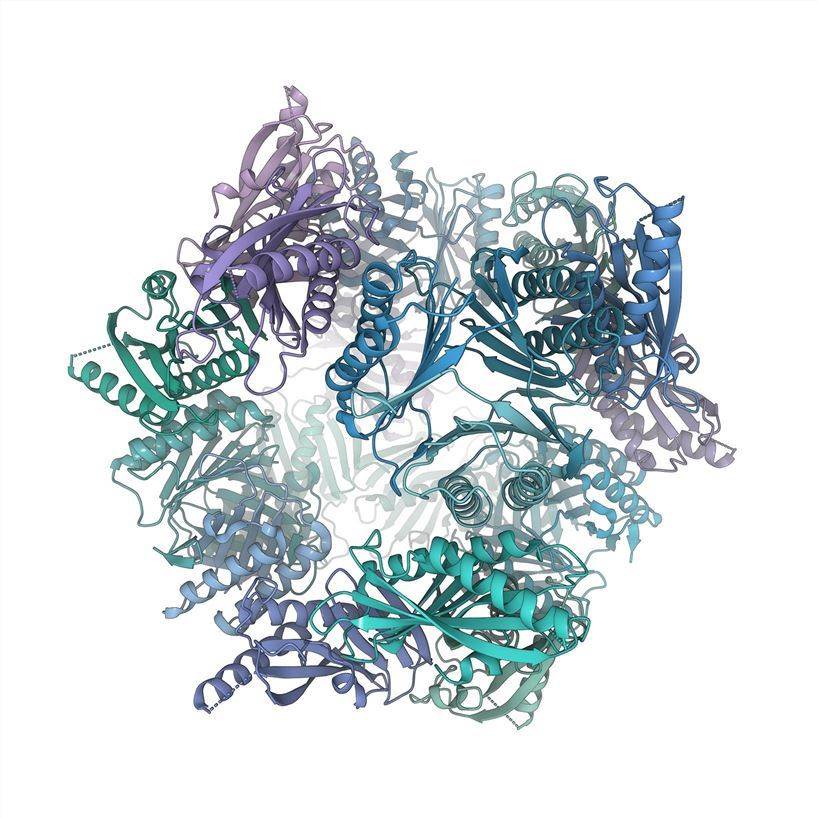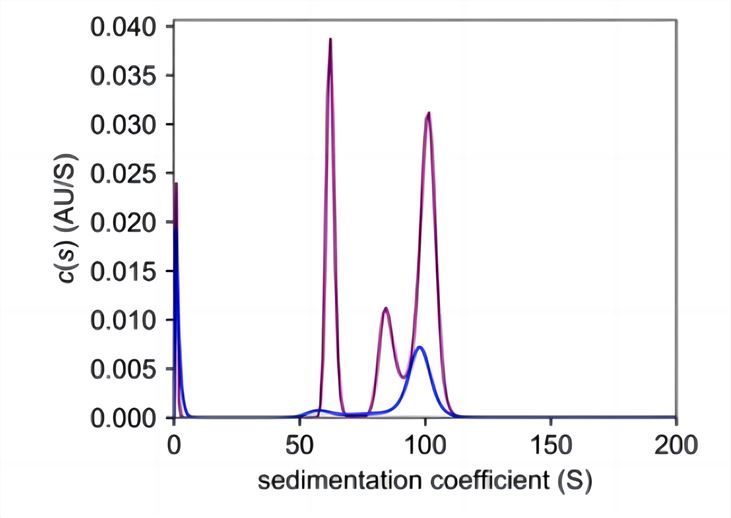Caged Protein Nanoparticle Development
InquiryCD Formulation specializes in harnessing the power of innovative structures to revolutionize drug delivery, diagnostics, and biotechnology. Leveraging our expertise in protein science and nanomedicine, we design versatile cage structures through rational molecular engineering and self-assembly techniques.
What are Caged Protein Nanoparticles?
As natural biomaterials, caged protein nanoparticles offer excellent biocompatibility and biodegradability. They get their name from the "caged" structure formed through the self-assembly of large numbers of weak protein-protein interactions. Researchers have developed various caged nanoparticles using proteins like ferritin and viral capsids that assemble into spherical cages with interior cores or wells capable of storing targeting ligands, imaging agents, drugs or genes.
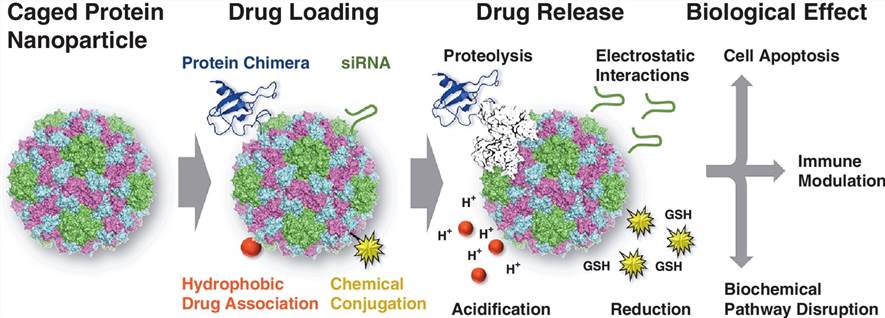 Schematic diagram of drug loading/release and biological effects of caged protein nanoparticles (Molino N.M.; Wang S.W. 2014)
Schematic diagram of drug loading/release and biological effects of caged protein nanoparticles (Molino N.M.; Wang S.W. 2014)
Which Proteins Can We Use to Develop Caged Nanoparticles?
|
|
Adenovirus
Rotavirus
HIV-1
SHIV
Hepatitis B virus
Murine polyomavirus
Avian sarcoma leukosis virus
Cowpea chlorotic mottle virus
Cowpea mosaic virus
Cucumber mosaic virus
Red clover necrotic mosaic virus
Hibiscus ringspot virus
JC polyomavirus
MS2 bacteriophage |
Ferritin
- human ferritin (1FHA)
- fulgidus ferritin
E2 subunit of pyruvate dehydrogenase
- E. coli E2
- G. stearothermophilus E2
DNA binding protein
Heat shock protein |
What Can We Do for Caged Protein Nanoparticle Development?
Our protein engineers and biophysical scientists will design novel cage protein monomers and optimize assembly conditions to build customized nanoparticles with the ideal size, shape and internal structure for efficiently loading various nucleic acid constructs.
We recombinantly express the cage protein monomers in bacteria, insect or mammalian cell systems using molecular cloning techniques. This produces high yields of purified protein building blocks.
We carefully optimize reaction parameters such as pH, temperature and protein concentration, and the purified proteins undergo controlled buffer conditions to promote multimerization into cage structures through non-covalent interactions.
Size exclusion or density gradient centrifugation techniques will be used by us to separate monodisperse cage nanoparticles from misassembled proteins and other impurities.
We apply site-specific mutagenesis and conjugation chemistry to introduce functional ligands such as PEG chains, targeting antibodies/peptides and endosomal escape domains to the particle surface to enhance biocompatibility, prolonged circulation and intracellular trafficking.
- Caged Nanoparticle Characterization
We perform extensive multidisciplinary analyses including dynamic light scattering, atomic force microscopy, gel electrophoresis and microscopy to validate particle size, structure, nucleic acid association, stability and release kinetics.
Applications of Our Caged Protein Nanoparticle Development Services
Our custom caged protein nanoparticles efficiently deliver nucleic acids (such as DNA or RNA) to target cells, facilitating gene editing, gene silencing, and gene expression regulation for therapeutic purposes.
Our development services can also be applied to the targeted delivery of immunotherapeutic agents, including antibodies, cytokines or small molecules, enhancing their stability and facilitating precise immunotherapeutic intervention.
- Diagnostic Tool Development
We can help customers design caged protein nanoparticles as imaging agents or carriers of diagnostic markers to achieve precise detection and imaging of specific cells or tissues.
We delve into the use of caged protein nanoparticles in biotechnological research, including enzyme immobilization and biocatalysis.
Advantages of Our Caged Protein Nanoparticle Development Services
- Typical sizes of the protein nanocages we develop range from 10 to 100 nm.
- We can design caged protein complexes so that individual asymmetric subunits contain a single protein or multiple proteins.
- We imbue functional elements at three different interfaces of caged protein particles (internal, external, and intersubunit), allowing fine control of surface charge, drug encapsulation, ligand display, and particle stability.
- Our broad range of protein cages for drug delivery includes those derived from viruses, enzymes, the ferritin superfamily and heat shock proteins.
If you seek to advance your field through the application of biosafe, versatile protein-based nanotechnologies, contact us to discuss how we can create customized caged protein nanoparticles specifically addressing your needs!
References
-
Molino N.M.; Wang S.W. Caged protein nanoparticles for drug delivery. Curr Opin Biotechnol. 2014, 28:75-82.
- Bhaskar S.; Lim S. Engineering protein nanocages as carriers for biomedical applications. NPG Asia Mater. 2017, 9(4):e371.
Related Services



 Schematic diagram of drug loading/release and biological effects of caged protein nanoparticles (Molino N.M.; Wang S.W. 2014)
Schematic diagram of drug loading/release and biological effects of caged protein nanoparticles (Molino N.M.; Wang S.W. 2014) 